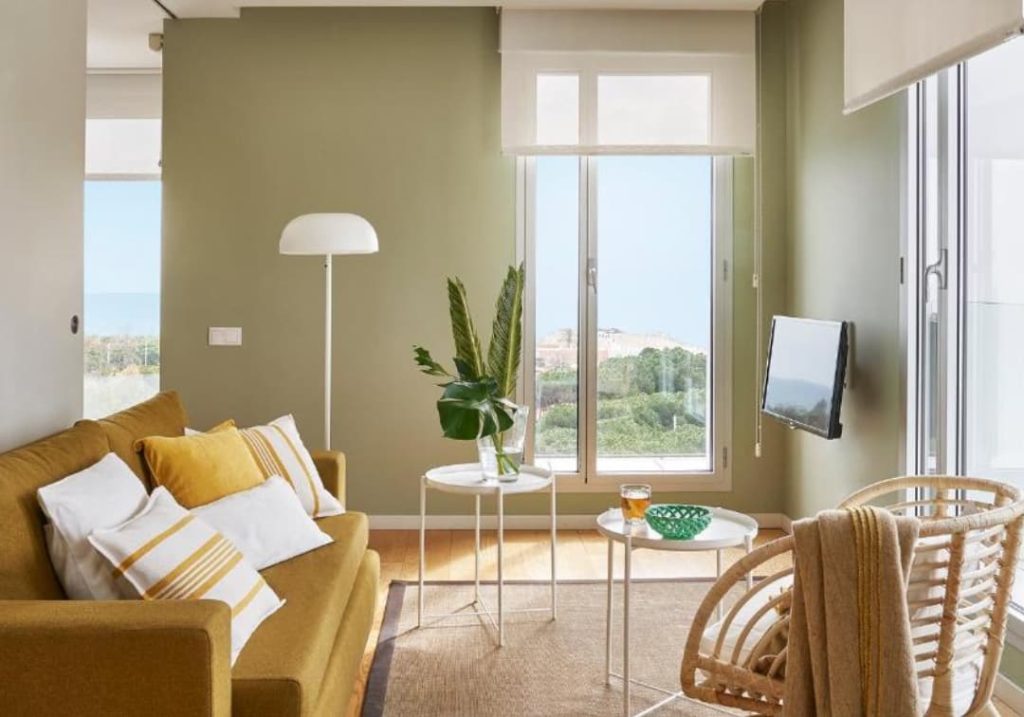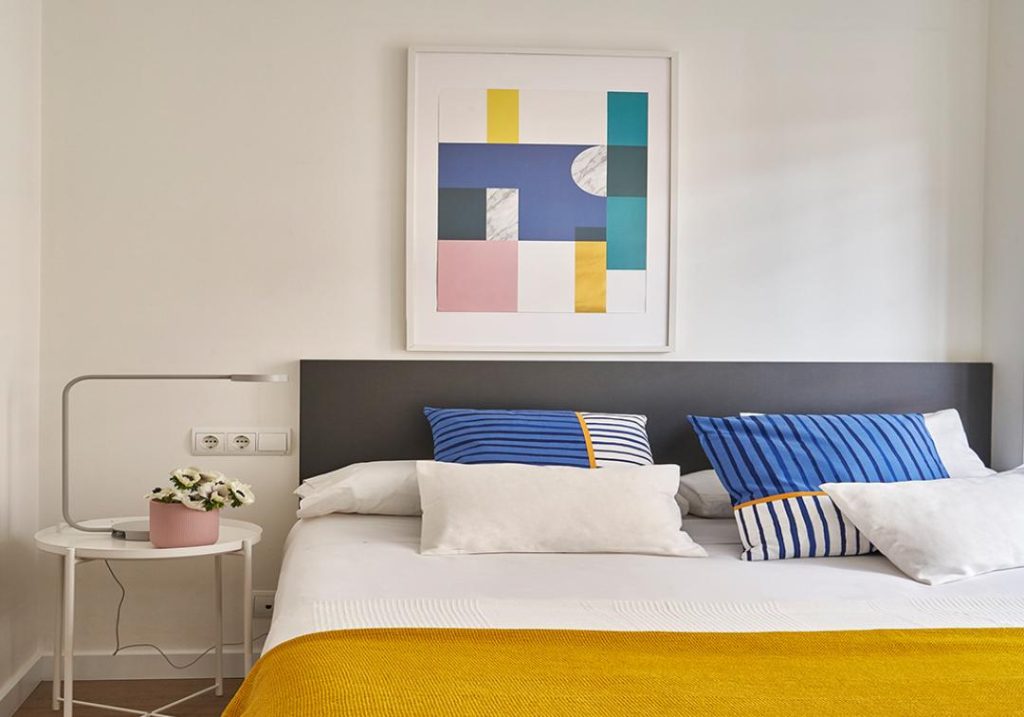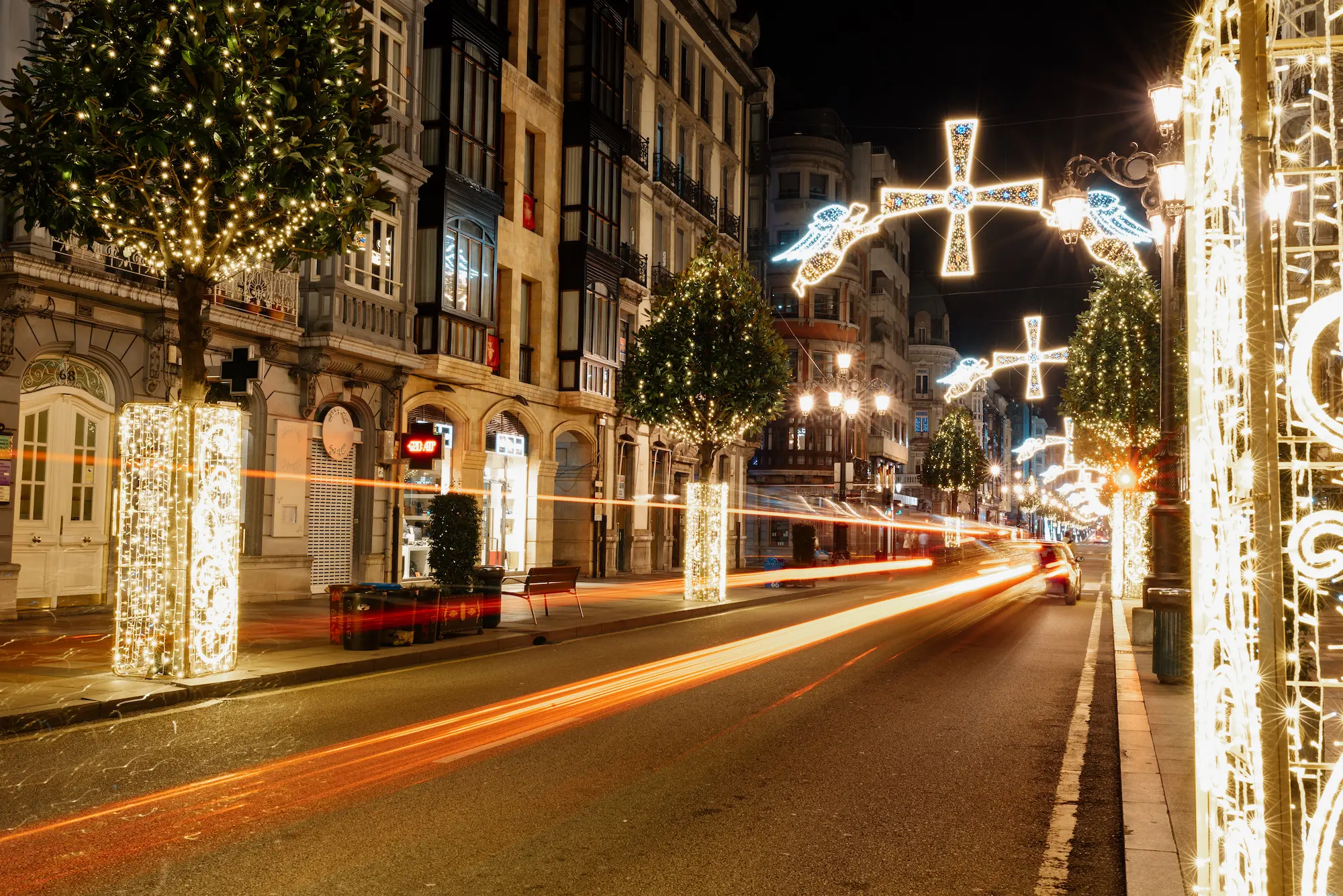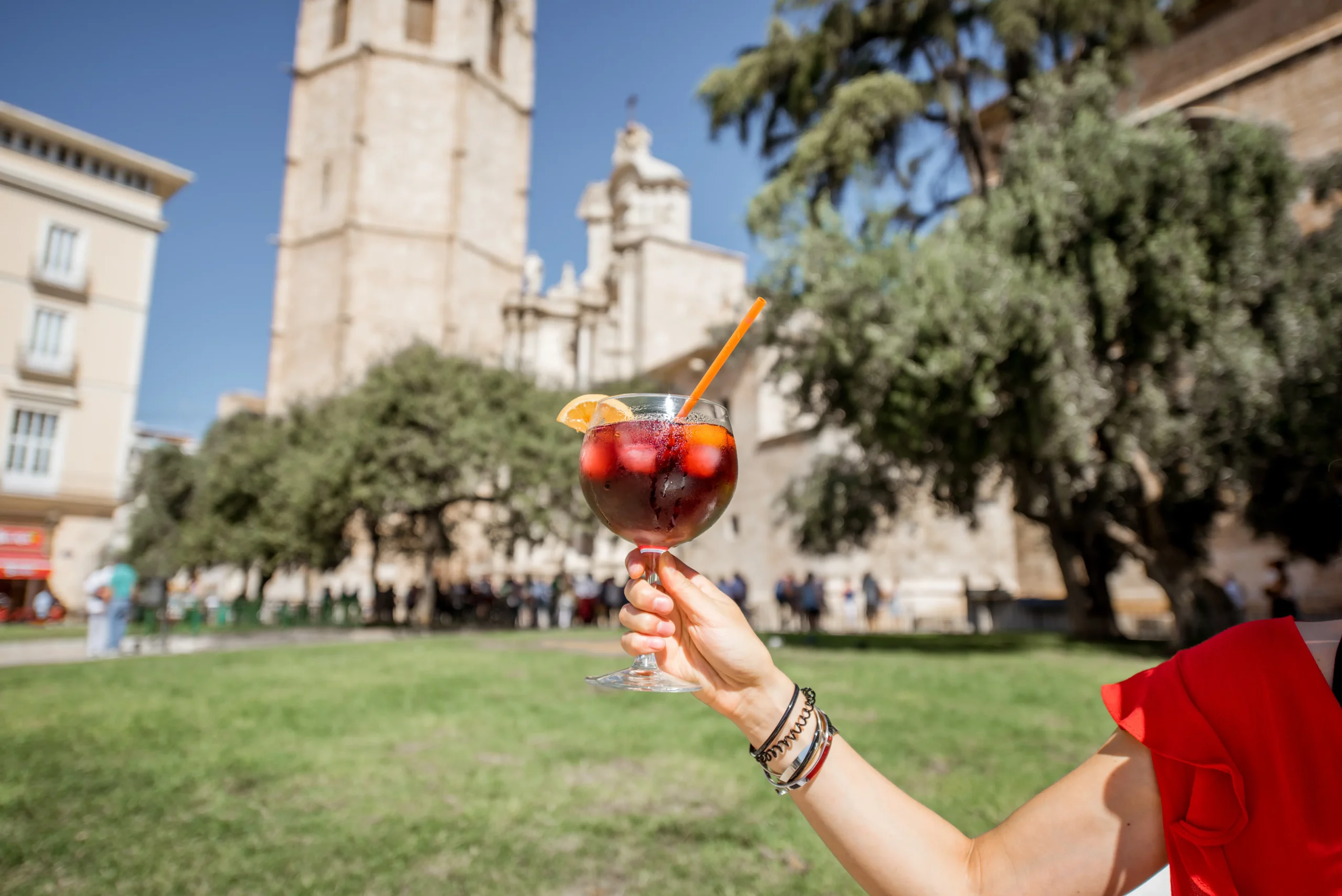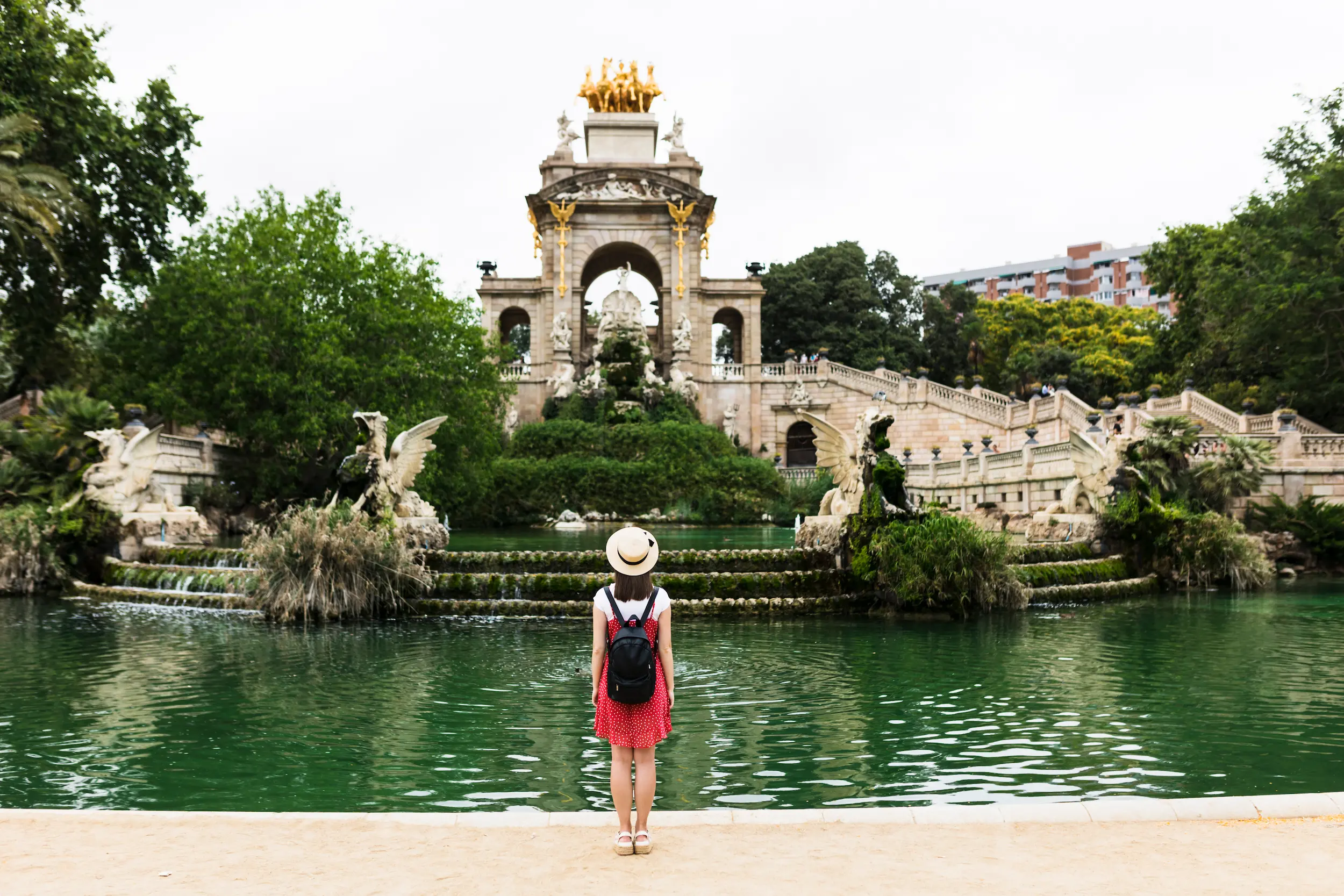One of the best-known avenues of Barcelona has to be without a doubt Paral·lel. Without reaching the importance of Gran Vía in Madrid, it is considered the ‘Broadway of the Catalan capital’ and, since its conception, it has become much more than an axis of union between Plaça d’Espanya and Drassanes. Heart of leisurely life for the lower classes during the 20s, an oasis of lust for the upper classes and birthplace of the first Catalan variety song, this street hides countless stories. Find out what to see in Avinguda del Paral·lel in Barcelona and discover them all.
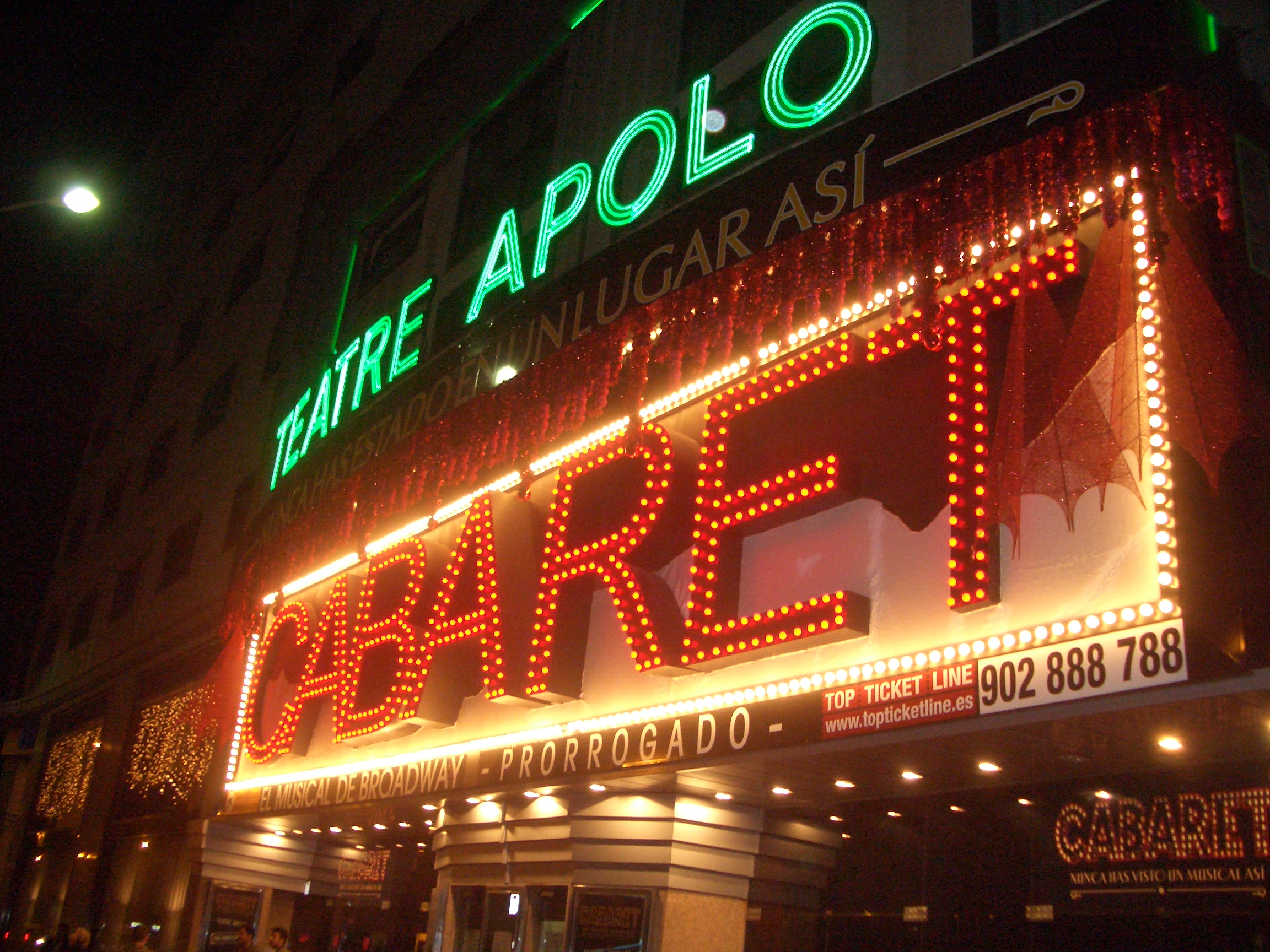
A BIT OF HISTORY
The origin of this avenue goes back to the development of the Ildefons Cerdà plan, a redevelopment project in Barcelona that wanted to get rid of the walls that were stifling the growth of the city in the 19th century. Barcelona’s Avinguda del Paral·lel (in Catalan), or Paralelo in Spanish, was officially opened in 1894, when it was surrounded by small orchards and factories. And why was this name chosen some years later? Well, because the 41st parallel of the earth passes through this exact place.
The roadworks planned by Cerdà quickly raised the land of the area, which meant that the avenue was usually full of mud on rainy days. Hence, the city is still known by many as ‘Can Fanga’ or ‘House of Mud’. As it was an industrial district and was located next to the overpopulated district of Ciutat Vella, the avenue became a meeting point for the lower classes of the city and shanties were built as bars, show halls and circuses for the populace. Not only this, but the cabarets and pubs in the area also saw people from the upper class of Barcelona, as they wanted to let go of their social status for a few hours and go unnoticed in the eyes of their inner circles while they were up to no good.
During the first decades of the 20th century, it was the nerve center of performing arts, with 10 theaters in operation —such as Teatre Arnau or Gran Teatro Español— and three cabarets, including El Molino, created in the likeness of the Moulin Rouge in Paris, in which Bella Dorita, one of the most famous cabaret stars in Barcelona, performed. Although some theaters fell into decay after the Spanish Civil War, Avinguda del Paral·lel in Barcelona remained the heart of the city’s nightlife, with the addition of a small amusement park and other entertainment venues.
Although it lived a certain decline over the years, today Paral·lel has experienced its resurgence, and continues to maintain a great relationship with the arts nowadays.
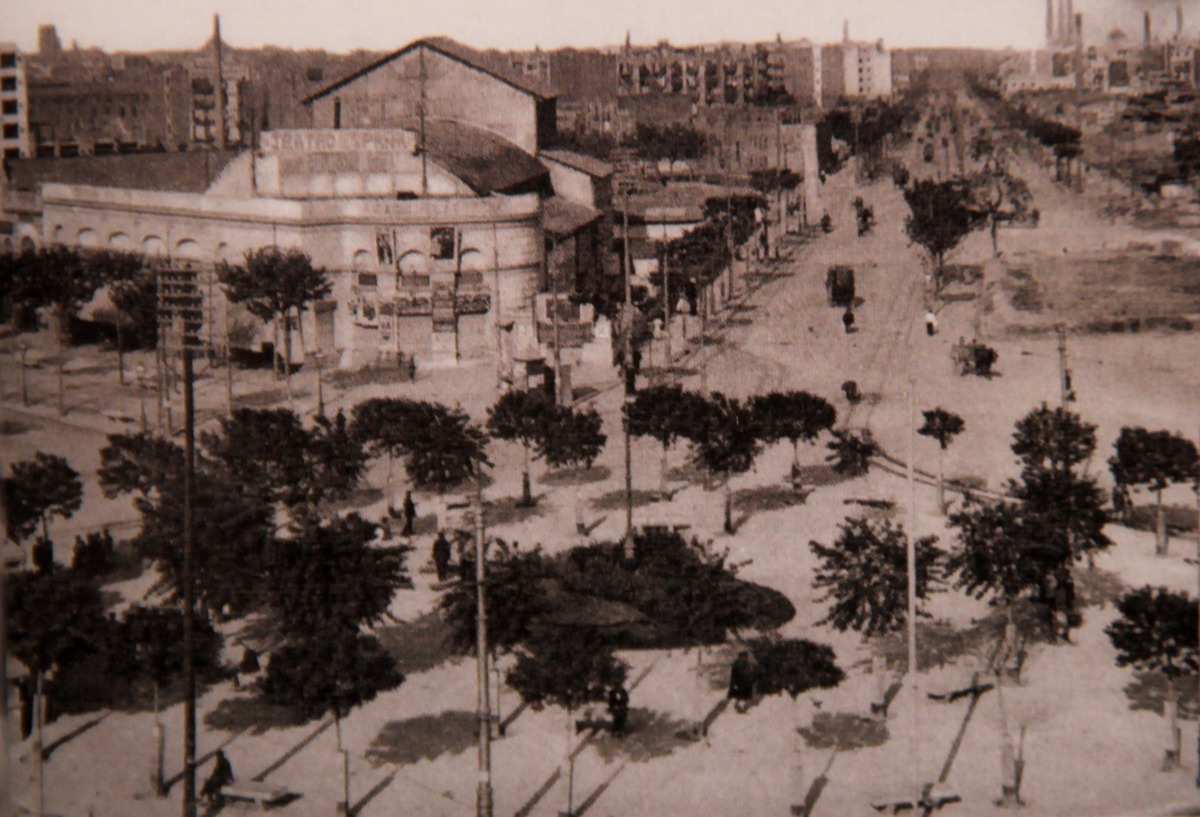
WHAT TO SEE IN PARALELO OR PARAL·LEL
Are you looking for fun things to do in Barcelona? Then Paral·lel is the ideal place to visit. Discover everything you can do in Avinguda del Paral·lel in Barcelona below!
The most successful plays
If we talk about the best theaters in Barcelona, this street has the highest concentration of them. Although many of the theaters that offered variety shows and vaudeville at the beginning of the 20th century have disappeared, the essence of the performing arts is still very much alive here. This is the case of sala Barts, opened in 2012 on the site where the Gran Teatro Español (1892-1980) was formerly erected. Another renovated classic is El Molino, which throughout its history has been able to avoid the politically correct and censorship in each era. This theater created during the street’s golden days has seen a large number of variety shows and artists such as Bella Dorita, Lola Montiel, Lita Claver ‘la Maña’ or Merche Mar.
The Apolo theater, is another classic. Although it is located in a new building, in its day it saw the premiere of plays by such important authors as Frederic Soler, Joan Puig i Ferreter or Josep Maria de Sagarra. Next to it, a winery and an amusement park were created, although they were demolished in 1991. Despite this, the theater has operated uninterruptedly since it opened its doors in 1901.
On the other hand, the Victoria Theater (1905) or the Condal Theater (1903) are two options that have survived (with several renovations) until the rebirth of this street and offer large format shows such as musicals or spectacular plays, both drama and comedy.
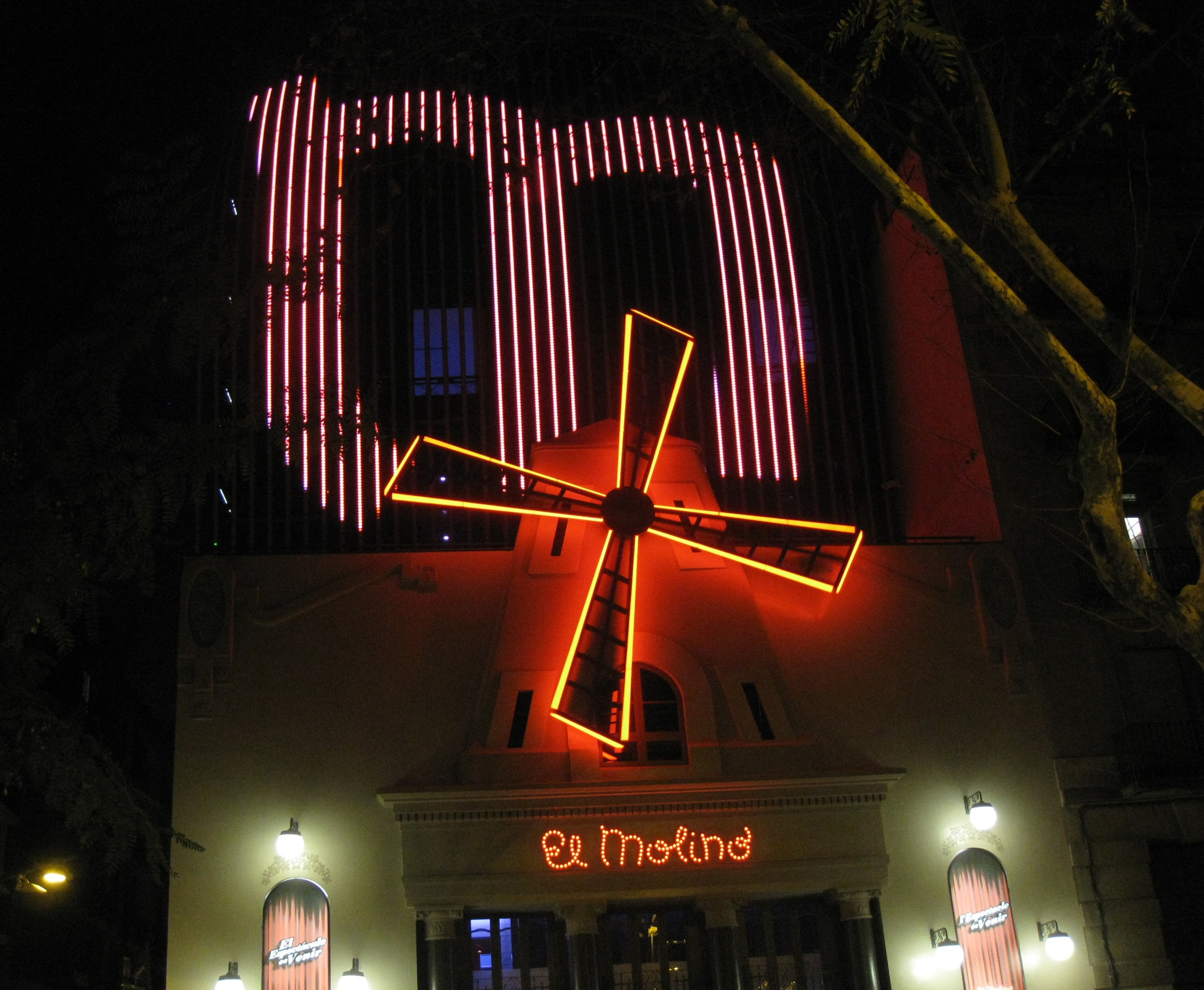
Be surprised by the remains of the city wall
Although the walls were demolished, you can still see a part of the medieval construction. This is the case of the portal of Santa Madrona and Torre del Mar, a tower built in Gothic style. The bastion from the eighteenth century to strengthen the defense of the city is still maintained and reinforces this structure. Although in this upper part of the wall there is a small park, it only opens on the first and third Sunday of each month.
Les Tres Xemeneies park
The only trace of its industrial past are the three chimneys that belonged to La Canadenca factory, which still stand and give name to this park. In an urban style, this is the ideal place to find graffiti made by all types of artists or to practice sports on wheels, since it has a skatepark where you can practice some tricks.
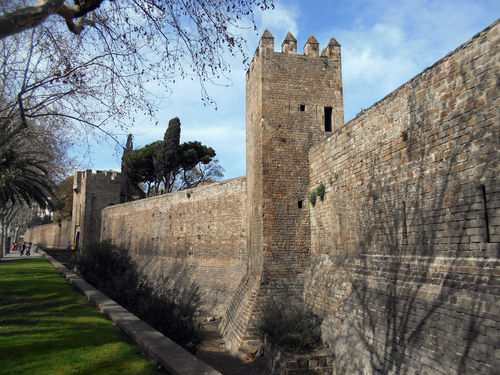
One of the oldest buildings in the city
If we move away from the Paral·lel slightly, in a minute you can find Sant Pau del Camp, one of the medieval buildings of Barcelona and one of the religious buildings of the city. It is an old Benedictine monastery of the ninth century, built in Romanesque style and that keeps the headstone of the tomb of Guifré II. One of its most impressive elements is its cloister, built in the 13th century and with a clear Muslim influence.
PARAL·LEL AT NIGHT
If the Paralelo was known for its variety salons in the 20th century, nowadays there is still a great nightlife on this well-known avenue. The most emblematic is Sala Apolo, built in 1943 as a dance hall next to the disappeared amusement park and that nowadays offers two dancefloors in which to dance to the rhythms of the most avant-garde electronic music in a main room that continues to maintain its wooden structure and its characteristic red lights. Also, do not miss the number of concerts they offer, you will surely find a performance that suits you.
On the Poble-sec side of the road, just one minute from the main avenue, you can find Tinta Roja, an ideal place if you want to live that cabaret experience of yesteryear. In a room set in the early twentieth century, here you can attend tango performances, live music and other shows in their small private theater. Another classic, located on the same street as the Apolo, is Sala Plataforma, which offers a small cave where you can dance non-stop to a mix of classics and current rhythms in a laid-back atmosphere.
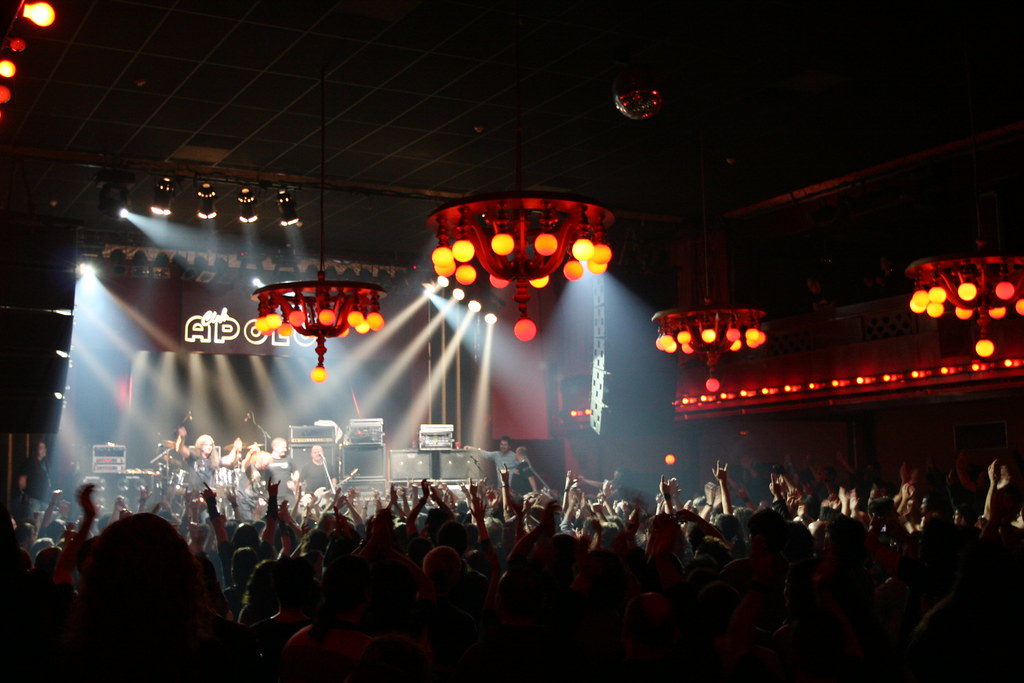
WHERE TO EAT IN AVINGUDA DEL PARAL·LEL IN BARCELONA
We know that you will become hungry at some time or another, so we want to give you some clues about where to taste the best dishes in the area. For starters, we recommend the Bambalina, the old Basilico. You will like it for its retro touch that continues to remember the golden age of the Paral·lel in Barcelona and its delicious, varied menu based on Mediterranean cuisine. We recommend fried oyster with seaweed tartare and grapefruit or candied octopus leg.
But if there is a popular restaurant on the avenue, this is Tickets, one of Albert Adrià’s Michelin-starred restaurants. The inventor of spherification plays with the five senses in this place where you will taste the best in avant-garde tapas.
Cafè Espanyol was a Paral·lel classic at the beginning of the 20th century. It was the largest bar in Spain, and on its terrace, the anarchist Salvador Seguí, the writer Santiago Rusiñol, Pablo Picasso or Ramon Casas have had plenty of drinks in their time. Despite this, the building was demolished along with the rest of the buildings of this block. In a new building and under the name of Antic Café Espanyol, it is a smaller version that has not kept the essence of the original, although you can taste the best of local cuisine on its terrace. Among its most recommended dishes, their homemade croquettes or fish soup. A few minutes from the Apolo, on Poeta Cabanyes Street you will find Quimet i Quimet, one of the best tapas bars in Barcelona. This joint founded in 1914 offers a wide variety of tapas and montaditos that you can accompany with one of its more than 500 wines or a delicious vermouth. You cannot miss its salmon, yogurt and truffled honey or artichoke montaditos.
Do you fancy a sweet? If we go up the Paral·lel, you will find the well-known Parlament street, in the Sant Antoni neighborhood. There you will find Artico Gelateria, a place with authentic Italian product that offers delicious ice creams such as the salty pistachio or bitter chocolate.

HOW TO GET TO AVINGUDA DEL PARAL·LEL IN BARCELONA
From our holiday apartments in Barcelona you can easily reach Avinguda del Paral·lel in Barcelona. To get there, take the L4 (yellow line) to Passeig de Gràcia and change at L3 (green line) until you reach the Paral·lel or Poble-sec stop depending on the height you want to go to. L2 (lila metro line) and bus lines 50, L72, B15, A6, D40, L12, or B19 also arrive in this area. Remember that, if you need more help, you can take a look at our article on how to use Barcelona metro.
Now that you know what to do on Avinguda del Paral·lel in Barcelona, we would love you to explain your experience or give some extra advice to our users. What are you waiting for?

